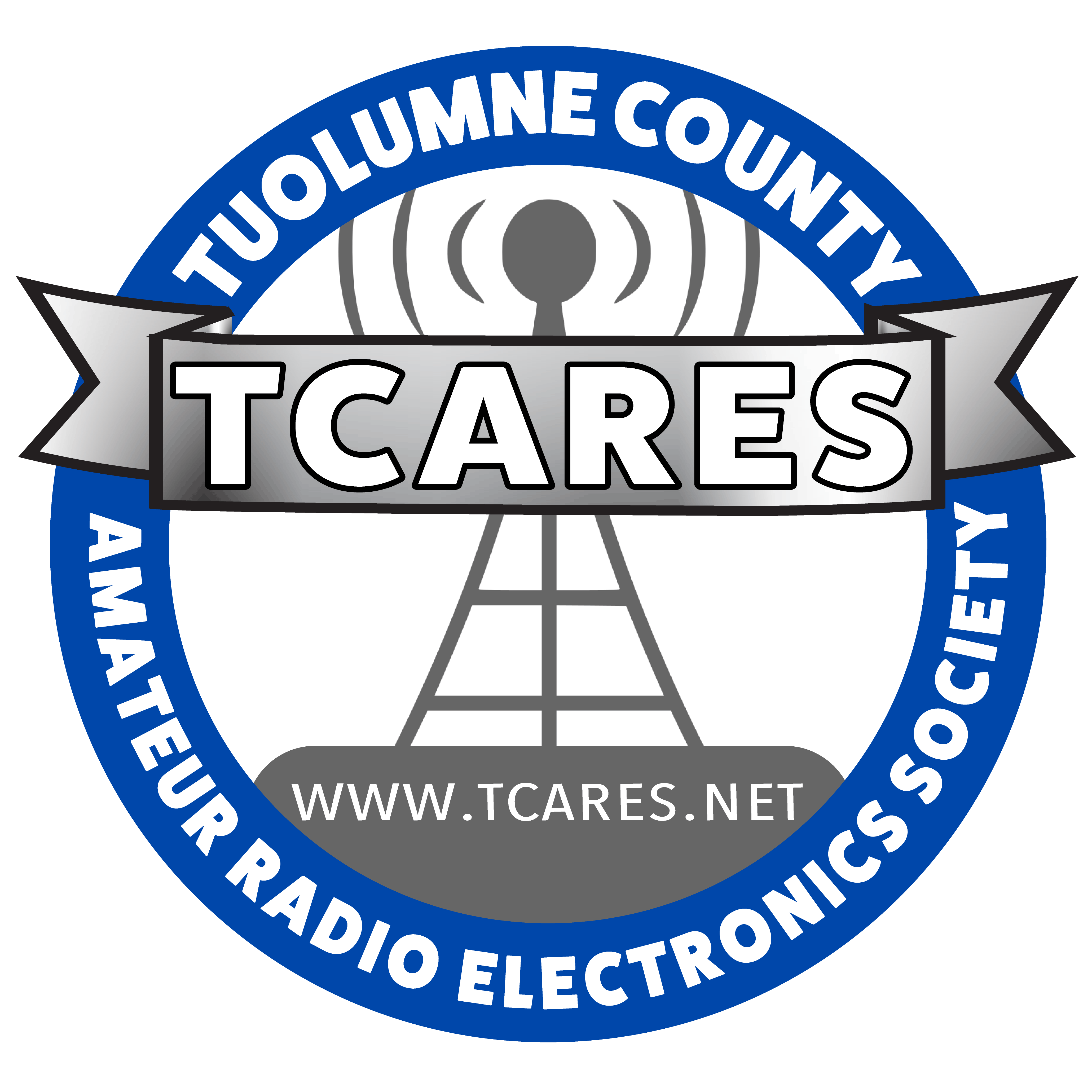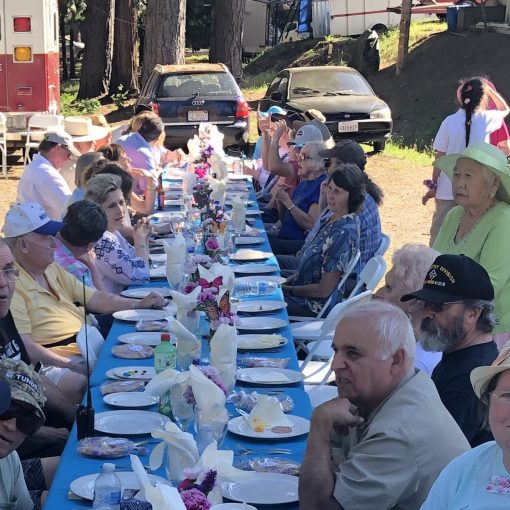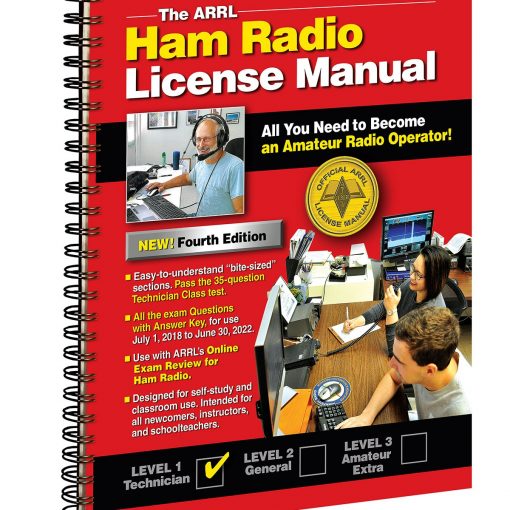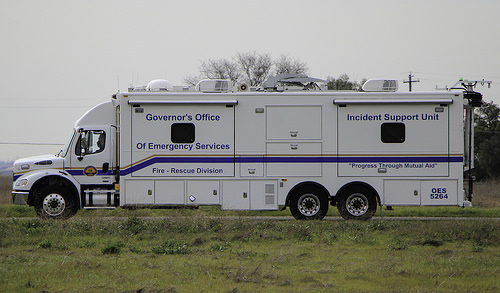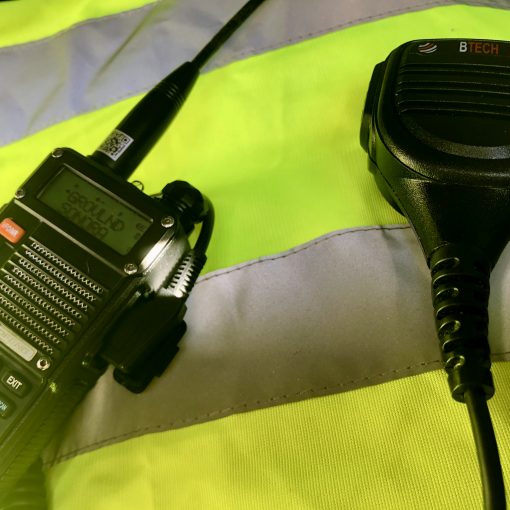By Mike, W6MVM
Hi, the first question is “Is CW dead?!?”. Code is no longer required to get a license. Does anybody still use it? It was dropped from the requirements because the military no longer needs trained operators. For many years it was thought essential for national defense to have trained Morse Code operators, but not in the age of digital communications. But is it dead? Not hardly.
As I’m writing this column, I’m tuned to the 20 meter band. Looking at the lower CW portion with my Flex 6300. The spectrum is set to cover the whole CW area from 14000 kc to 14085 kc. There are more than 20 CW QSOs going on. This is about 5:30 on a Tuesday afternoon. Not a hot operating time. Moving up to the SSB portion of the band, 14150 kc to 14350 kc, there are about the same amount, 20 QSOs going on. CW seems to be about as popular as SSB.
The digital area, 14070 kc to 14085 kc, is packed. No idea how many contacts are being made. Notice I didn’t call them QSOs, just contacts. Digital is great for contacts, especially DX, but so is CW. Many of our club members have been very successful with digital, especially FT8 at making a lot of DX and other contacts that count for ‘DXCC’, ‘Worked All States’, ‘Worked All Continents’ and other operating goals. I encourage everyone to explore these modes. They’re great for that, but communication is limited to a fixed exchange. You can’t really have a conversation on FT8.
This brings us to what I like about CW. I like to rag-chew. I like to talk to other hams in conversational CW. The quality of the conversations is usually very good. The operators are generally helpful and friendly. I’ve never had anything but a polite QSO on CW. CW conversations are a big contrast to the conversations I’ve had on 80 meter SSB. 80 meter SSB can be a rough place.
Conversational CW is about sending words, not a stream of characters. Being able to hear the words clearly really helps to make the QSOs pleasant. This can take some practice. Search for ‘bens best bent wire’ on Google. You will find many reference sites, YouTube videos, and discussions on sending good CW. More on this topic in later columns. Besides conversational CW (rag-chewing), there are two other popular CW activities, chasing DX and contesting.
Chasing DX is just that. Sometimes just finding the DX station in the cluster of stations trying to make a contact is difficult, but it can be very satisfying if you are one of the operators that makes a contact. CW is one of the best ways to chase DX. The site dxheat.com has a DX Cluster chart that shows most of the current DX activity. Looking at it now, most of the activity is on FT8. This morning it was mostly CW on 15 and 20 meters with some on 10 and 12 meters. DX contacts are usually short exchanges of name, RST, and sometimes QTH. Then the DX station goes off to the next contact. I have had a few conversations with DX stations, usually late at night when there wasn’t a cluster of callers. Dave, W6PHO, will cover DXing with CW in his DX column in this newsletter.
Contesting can be great fun on CW, especially Field Day, QSO Parties, and SKCC sprints. Last Field Day, Dave and I made about 200 CW contacts on 20 meters alone.
CWops Tests (cwt) are one-hour contests held every Wednesday and Thursday. They are mostly a bit fast for me. I’ll keep trying, but they are great ways to develop contesting skills. Check their web site cwops.org. It’s a great reference on everything CW. Check the 40 meter CW band at 8PM on Wednesday night. There will be over 100 contestants in the cwt. The CW band just lights up on my spectrum display.
Contest CW is skill all its own. It’s short, fast, bursts of fixed format information called an exchange. Each contest has its own exchange, but once you pick up the pattern it becomes easy, even at speed. It really helps you learn numbers in CW.
In summary, the best reason to operate CW is because it’s fun. It becomes like another language. The QSOs are polite, and often informative. CW operators usually have good operating skills and are helpful to beginners. It’s still a very popular mode of operation.
CW operating is very inclusive, all classes of operators, including Novice/Technicians, can operate HF CW on 80, 40, 15, and 10 meters on certain frequencies. The allowed frequencies for Technicians are usually the best CW frequencies on the bands. In my youth, I hurried to upgrade to General so I could use a VFO and operate on 20 meters.
In future columns, I plan to cover other aspects of CW operating like: 1) How to learn the code (many good ways); 2) What is the best (in MHO) station equipment and how much power do you really need? 3) Antennas; 4) Keys; 5) CW resources; and 6) Fun CW events.
In the meantime, check these websites for further information:
1) CWops.com – Great site, great courses in the CW academy; 2) Fistsna.org – FISTS The International Morse Preservation Society; great site, many resources, free lifetime membership; and 3) Skccgroup.com – The Straight Key Century Club; free lifetime membership, great resources, fun contests and monthly straight key nights on the first of every month.
The CW book to read is “The CW Way of Life: Learning, Living and Loving Morse Code (in a Digital World)” by Chris Rutkowski. Available on Amazon. I’ll review it in another column.
Dave, W6PHO, reminded me of another very good book on CW, ‘Zen and the Art OF Radiotelegraphy’ by Carlo Consoli. I purchased and read half of this book in 2015. It’s very good and like ‘The CW Way of Life’ is very philosophical. It shows how to avoid the mental roadblocks to learning, using and enjoying CW. The book is available from Amazon and is legal to download from several ham radio sites. Just search for it.
73, Mike w6mvm@arrl.net
